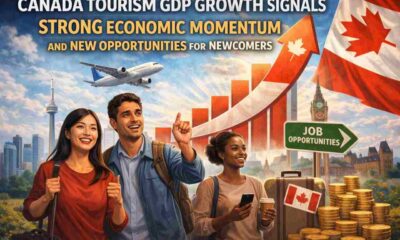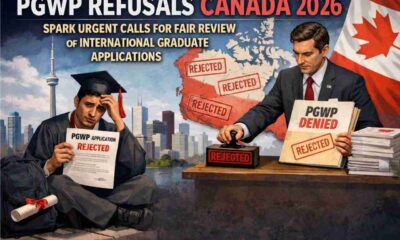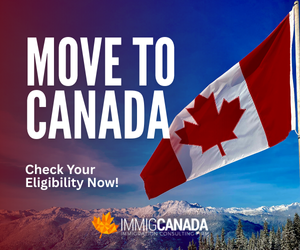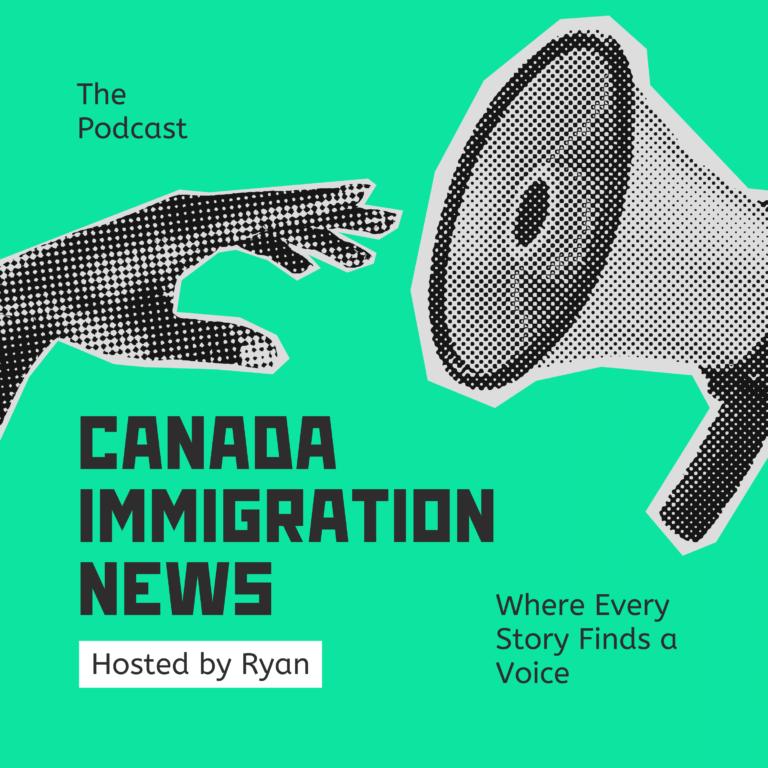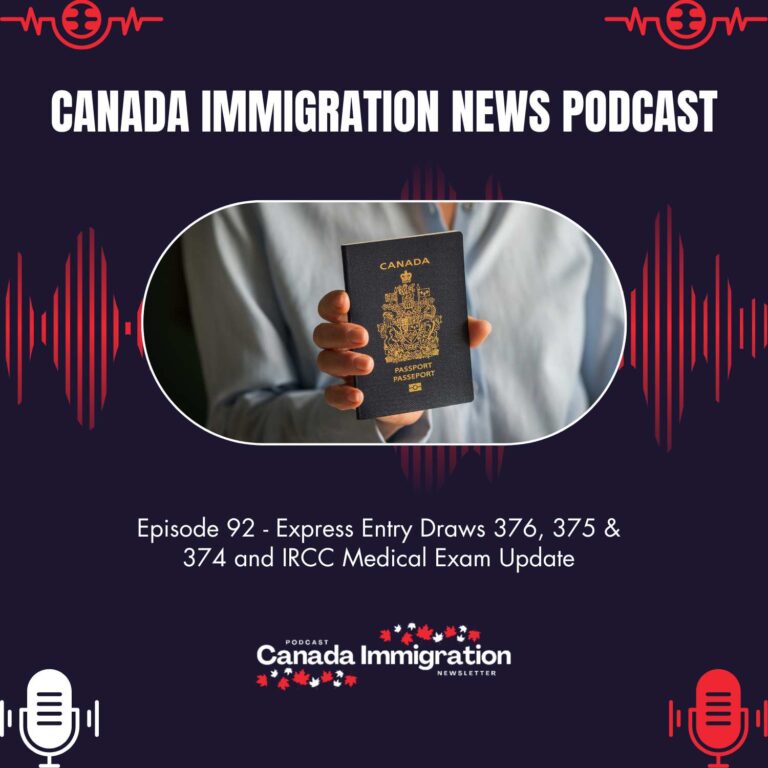Immigration Announcement
Canada Strengthens Immigration Strategy – Tracking Temporary Residency Shifts Among Work and Study Permit Holders
Canada has always been recognised for its progressive immigration policies; open, fair, and future-focused. But as the country grows, so do the challenges. With rising housing costs, pressure on public services, and labour-market adjustments, Canada is fine-tuning its immigration strategy to build a more balanced system.
A new Statistics Canada report (September 2025) offers valuable insights into how work and study permit holders transition to permanent residency and how their status evolves over time. These findings are key to shaping Canada’s multi-year immigration plan, one that reduces the reliance on temporary residents while creating more stable pathways for skilled workers and international students.
Canada’s Plan: Reducing Temporary Residents, Strengthening PR Pathways
The federal government aims to bring the share of temporary residents down to 5 % of the national population by 2026. This is part of a broader plan to ensure that population growth aligns with infrastructure, housing, and healthcare capacity.
To achieve this, the government is:
- Setting stricter eligibility rules for study permits and post-graduation work permits.
- Introducing sector-specific limits on temporary foreign worker approvals.
- Encouraging transitions to permanent residency for skilled temporary residents already in Canada.
Essentially, Canada wants to welcome fewer new temporary residents while helping qualified ones already here to become permanent contributors to the workforce and economy.
Key Findings: How Work and Study Permit Holders Move Through the System
The report analysed permit holders from 2018 to 2022, tracking how their status changed over three years. It revealed fascinating patterns about who stays, who transitions to PR, and who exits the system.
| Residency Status Outcome | Within 1 Year | Within 2 Years | Within 3 Years |
| Retained Temporary Status | 64 % – 79 % | 48 % – 59 % | 36 % – 38 % |
| Transitioned to PR | 4 % – 10 % | 10 % – 18 % | Up to 47 % (IMP holders) |
| Lost Valid Status | 12 % – 20 % | 23 % – 28 % | 30 % – 32 % |
Study-permit holders had the highest retention rates – nearly 85 % remained in Canada within the first year, often through extended studies or post-graduation work permits.
Meanwhile, International Mobility Program (IMP) workers were most likely to transition to permanent residency, with almost two-thirds doing so by their third year.
What These Trends Mean for Canada’s Immigration Policy
These trends confirm one crucial insight: managing immigration isn’t just about who enters Canada, but how those already here change their status over time.
By promoting smooth transitions to PR and limiting repetitive permit extensions, Canada can build a more sustainable, skills-based population. It also ensures that temporary residents who contribute to Canada’s economy and communities are given fair opportunities to stay permanently.
Moreover, the data shows that simply cutting new entries will not immediately reduce the overall number of temporary residents. Instead, helping qualified individuals secure PR status is a more effective long-term approach.
Balancing Growth and Opportunity for the Future
As Canada continues to experience strong labour demand, especially post-pandemic, it remains committed to balancing opportunity with stability. Reducing the share of temporary residents doesn’t mean closing doors, it means opening permanent ones for those who qualify.
The emphasis on transitions to PR reflects Canada’s belief that long-term settlement benefits everyone – immigrants, employers, and the nation’s future workforce.
For international students and temporary foreign workers, this period of policy evolution presents both challenges and chances. The focus will be on applicants who demonstrate adaptability, genuine intent to contribute, and eligibility for permanent pathways such as Express Entry or Provincial Nominee Programs.
Canada’s Immigration Evolution Is About Smart Growth
The latest report on work and study permit holders in Canada highlights a key truth which is Immigration in Canada is evolving strategically. The government is not slowing immigration; it’s strengthening it by ensuring quality, sustainability, and fairness.
By encouraging transitions to permanent residency, tightening eligibility rules, and prioritising economic needs, Canada is setting a clear direction for a resilient, skilled, and balanced future population.



